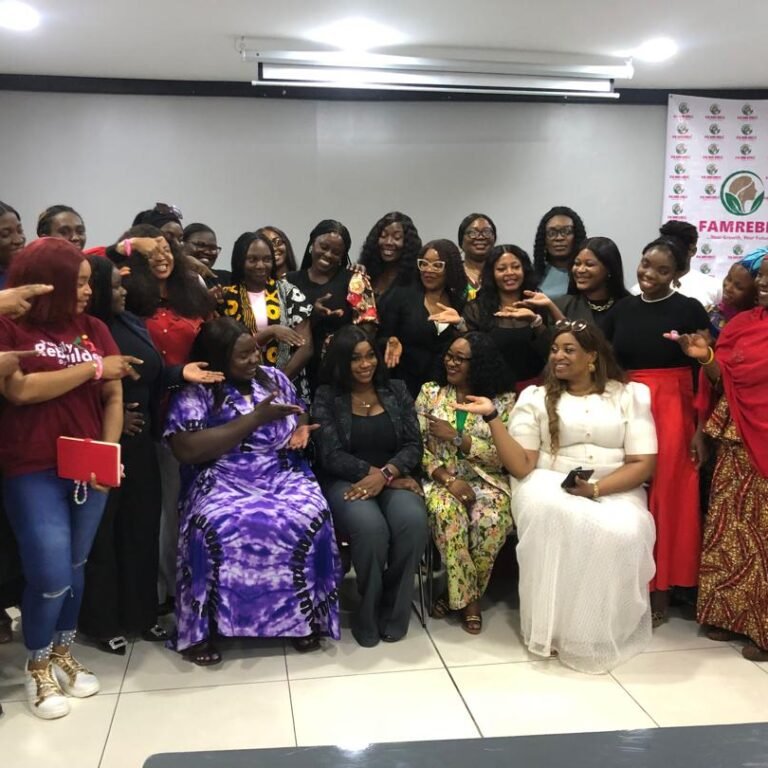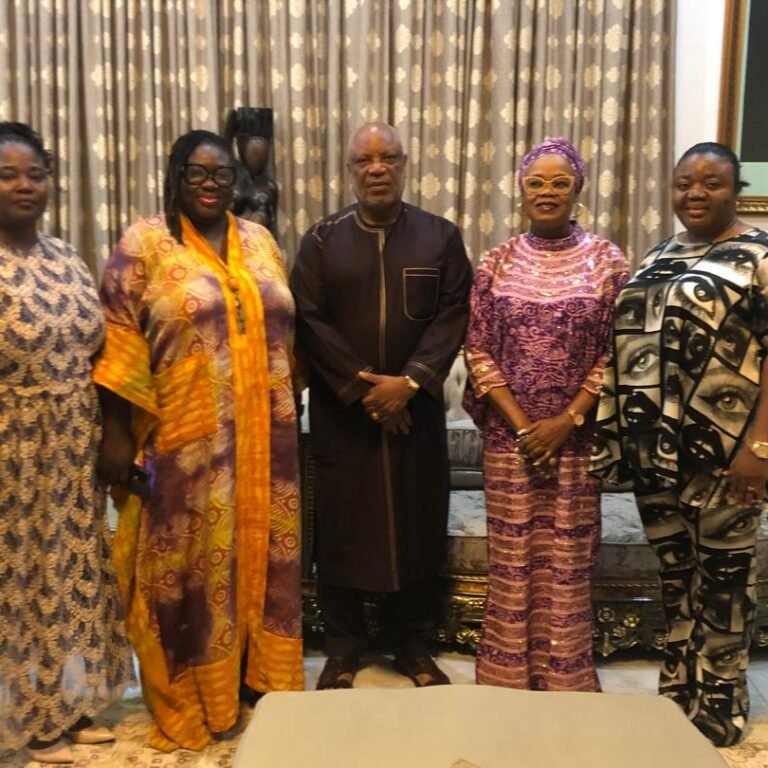
By Ameh Gabriel
In today’s digital world, where information travels at the speed of a click, disinformation has become one of the most potent tools in the arsenal of authoritarian states seeking to project power abroad. While English-language propaganda often garners global attention, a more insidious and less-detected threat is brewing beneath the surface the spread of disinformation in local languages. This tactic enables foreign authoritarian regimes to bypass global scrutiny, directly manipulate populations, and destabilize democratic institutions from the inside out.
The Strategy Behind Local Language Disinformation
Authoritarian states like Russia, China, and Iran have long understood that language is more than a medium of communication; it is a vessel of identity, culture, and trust. By spreading disinformation in local dialects, they gain unprecedented access to specific cultural and ethnic communities that are often underserved by mainstream media. This strategy is calculated and deliberate.
Disinformation campaigns in local languages typically seek to:
Exploit existing grievances or ethnic tensions;
Undermine trust in democratic institutions and electoral processes;
Promote pro-authoritarian narratives and governments;
Create confusion, division, and apathy within civil societies.
Unlike globally targeted English-language campaigns, these local language efforts are less visible to fact-checkers, researchers, and platforms headquartered far from the regions they target. This invisibility gives malign actors a freer hand to operate without pushback.
Case Studies: Disinformation on the Ground
Russian Influence in Ukraine and the Baltics
Prior to the invasion of Ukraine in 2022, Russian operatives seeded false narratives in Ukrainian and Russian languages on social media, messaging apps, and local news sites. These campaigns framed the Ukrainian government as corrupt and illegitimate, and they stoked nostalgia for Soviet-era rule. In the Baltic states, Russia has funded Russian-language media targeting ethnic Russian minorities to propagate the narrative that these groups are oppressed and need “protection” from Moscow.
China’s Messaging in Africa and Southeast Asia
China’s growing economic influence in Africa has been mirrored by its media presence. Chinese state-owned outlets like CGTN have launched local-language programming in Swahili, Hausa, and Amharic. While not all of this is disinformation, embedded within these broadcasts are subtle narratives celebrating authoritarian governance, criticizing Western-style democracy, and framing China’s involvement as altruistic. These narratives often go unchallenged, particularly in regions where local journalism lacks resources.
Iran’s Regional Messaging in Arabic and Dari
Iran’s disinformation campaigns in Arabic-speaking countries and Afghanistan are designed to bolster Shiite groups and oppose Western-aligned regimes. State-backed media like Al-Alam and Press TV produce content in local languages to frame Iran as a victim of Western aggression and a protector of Islamic values. Through WhatsApp groups and Telegram channels, false claims about military victories, religious visions, and foreign plots are circulated to influence public opinion.
The Power of Familiarity
What makes local language disinformation so effective is its authenticity. Messages conveyed in a familiar tongue carry cultural nuances and idiomatic expressions that resonate with local audiences. Foreign operatives often co-opt local influencers, bloggers, and social media groups to seed their messages, lending credibility to their falsehoods.
For example, in Nigeria, where multiple ethnic groups speak Hausa, Yoruba, and Igbo, disinformation campaigns have surfaced during elections — sometimes originating from foreign sources but spread through local language memes and voice notes that play on ethnic fears and religious divisions. These tactics don’t just influence voter behavior; they can incite violence and erode trust in the media.
The Role of Technology and Platforms
Social media platforms and encrypted messaging apps have become central to how information is consumed globally, especially in low-literacy or rural areas where traditional media penetration is weak. Facebook, WhatsApp, Telegram, and TikTok have all been used to spread local-language disinformation.
Many of these platforms have limited language moderation capabilities for minority languages. As a result, harmful narratives in local dialects often remain undetected for long periods. AI moderation tools trained on English or major global languages fail to pick up on the subtleties of local slang, sarcasm, or context, giving disinformation a free pass.
Consequences: Destabilizing Democracies from Within
The ultimate goal of authoritarian foreign influence is not always to convince — sometimes it is simply to confuse, demoralize, or distract. By flooding local ecosystems with disinformation, they weaken the foundations of democratic engagement: trust, truth, and transparency.
Consequences include:
Erosion of public trust in elections, health systems, and governance;
Deepening of ethnic and religious divides, sometimes leading to conflict;
Empowerment of autocratic leaders who echo the narratives of authoritarian regimes;
Displacement of reliable journalism, leading to news deserts and misinformation vacuums.
Combating the Threat
Fighting local-language disinformation requires a multifaceted approach:
- Local language fact-checking: Investing in regional fact-checkers who understand the language, culture, and context.
- Platform accountability: Social media companies must develop moderation capabilities in more languages and partner with local civil society organizations.
- Media literacy campaigns: Communities need to be equipped with the skills to question what they see and hear.
- Support for independent media: Independent outlets in vulnerable regions need funding and training to compete with well-resourced disinformation networks.
Final Thoughts
The battle for hearts and minds is no longer confined to television sets or radio waves — it’s happening in Facebook groups, WhatsApp chats, and TikTok feeds, often in the languages we use at home with our families. Authoritarian regimes understand this, and they are using local-language disinformation to great effect.
If democracies are to defend themselves, they must not only protect freedom of expression but also ensure that truth in every language can survive and thrive.








